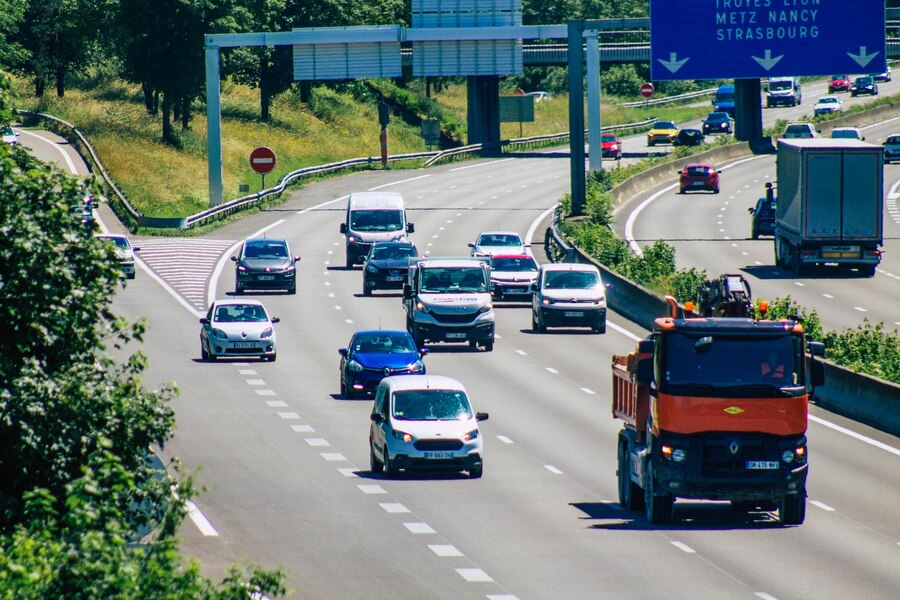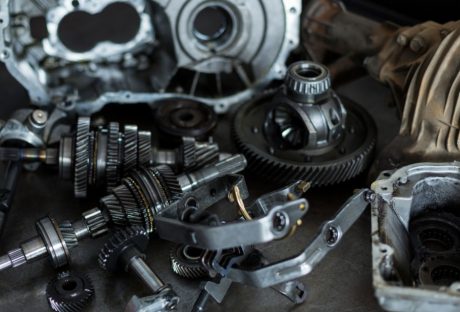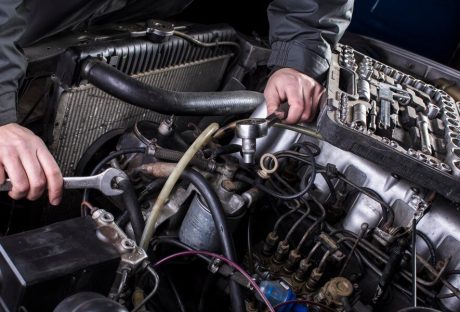The debate over whether trucks are safer to drive than cars has been a topic of contention among motorists for years. While trucks offer certain safety advantages due to their size and weight, it’s essential to examine the nuances of both vehicle types and dispel common misconceptions.
Here, we’ll explore the factors that contribute to vehicle safety and provide insights into the comparative safety of trucks and cars on the road. So, make sure to stay connected till the end as we are about to delve into a world of trucks vs cars. Let’s get started then.
Size And Weight: A Double-Edged Sword
One of the primary arguments in favor of trucks being safer than cars is their larger size and heavier weight. In a collision between a truck and a car, the truck’s mass can provide a protective advantage by absorbing more of the impact force and reducing the severity of injuries to occupants. Additionally, trucks typically ride higher off the ground, which can offer better visibility and protection in certain types of accidents, such as side-impact collisions or collisions with smaller vehicles.
However, the size and weight of trucks can also pose safety challenges, particularly in terms of braking distance and maneuverability. Trucks require more time and distance to come to a complete stop due to their increased mass, which can increase the risk of rear-end collisions or accidents in stop-and-go traffic. Additionally, trucks have larger blind spots and wider turning radii, which can make it more difficult for drivers to see other vehicles and navigate tight spaces safely.
Vehicle Design And Safety Features
Both trucks and cars are subject to rigorous safety standards and regulations aimed at protecting occupants in the event of a crash. Modern vehicles are equipped with an array of advanced safety features designed to mitigate the risk of accidents and reduce the severity of injuries. These features may include:
Airbags: Both trucks and cars are equipped with front and side airbags designed to deploy upon impact and provide cushioning for occupants.
Anti-lock Braking Systems (ABS): ABS helps prevent wheels from locking up during hard braking, allowing drivers to maintain steering control and reduce the risk of skidding or losing control.
Electronic Stability Control (ESC): ESC helps prevent skidding and loss of control by automatically applying brakes to individual wheels and adjusting engine power as needed.
Collision Avoidance Systems: Some vehicles are equipped with advanced collision avoidance systems that use sensors and cameras to detect potential hazards and alert drivers to take evasive action.
While these safety features are common in both trucks and cars, the effectiveness of these systems may vary depending on the specific make and model of the vehicle. Additionally, trucks may be equipped with additional safety features, such as electronic trailer sway control or adaptive cruise control, which can further enhance safety on the road.
Driver Behavior And Training
Ultimately, the safety of any vehicle depends largely on the behavior and skill of the driver behind the wheel. As noted by the truck accident lawyers in Lexington, safe driving practices such as obeying speed limits, maintaining a safe following distance, and avoiding distractions are essential for reducing the risk of accidents regardless of the type of vehicle being driven. Additionally, specialized training and experience are crucial for operating larger vehicles such as trucks safely.
Truck drivers are required to undergo extensive training and obtain a commercial driver’s license (CDL) to operate commercial vehicles legally. This training covers topics such as vehicle operation, defensive driving techniques, and load securement, which are essential for safe and responsible truck driving. While car drivers are not subject to the same level of training and licensing requirements, they can still benefit from defensive driving courses and other educational resources to improve their skills behind the wheel.
Roadways Prevalence And Rate Of Accidents
NHTSA, or the National Highway Traffic Safety Administration, registered more than 6 million car accidents in 2018 in the U.S. Out of these, almost 3.5k reported severe injuries and near-death experiences. This indicates an average of 9 deaths for every 100 million road vehicles.
On the other hand, severe truck accidents had a lower percentage of traffic fatalities, just 0.8%. This accounts for 4,370 deaths but with a higher rate of fatality. This indicates that out of every 100 million trucks on the road, 28 deaths took place. When it comes to roadway prevalence, cars tend to dominate major traffic for almost 86%.
Further comes the light-weighted SUVs and vans, which accounted for 8%, and excessively heavy trucks for 5%, whereas two-wheelers make up only 1% of the rest. Commercial trucks weigh up to 80,000 lbs, whereas passenger vehicles do not weigh more than 4,000 lbs. This alone demonstrates the dominance of heavy machinery and transport on the road.
Read Also: 10 Tips to Prevent Truck Accidents: The Complete Guide for Truck Drivers
Concluding Words
The question of whether trucks are safer to drive than cars is not a straightforward one. While trucks offer certain safety advantages due to their size and weight, they also present unique challenges in terms of braking distance, maneuverability, and visibility. Both trucks and cars are subject to stringent safety standards and equipped with advanced safety features designed to protect occupants in the event of a crash.
Ultimately, the safety of any vehicle depends on a combination of factors, including vehicle design, safety features, driver behavior, and training. By practicing safe driving habits, staying vigilant on the road, and respecting the capabilities and limitations of their vehicles, motorists can help minimize the risk of accidents and ensure a safer driving experience for everyone.
So, that’s the ned of this article. Let us know what you think about both these significant modes of transport in the comment box below. Thank you for reading- see you again!
Read Also:
























